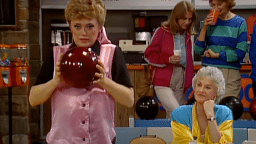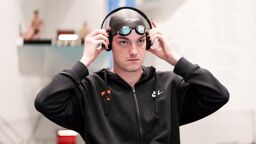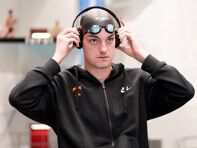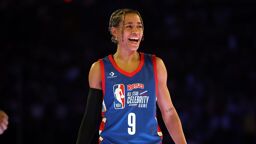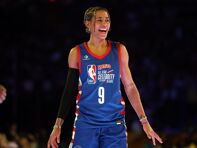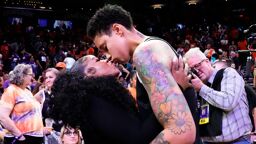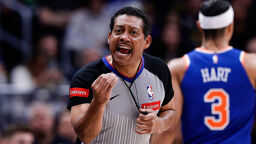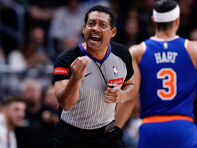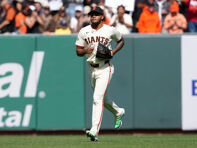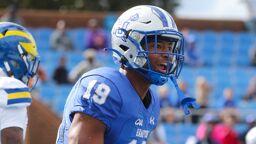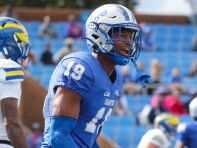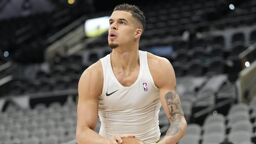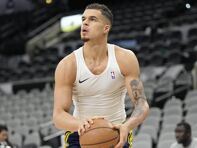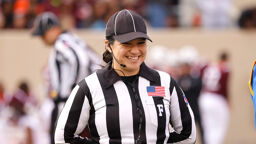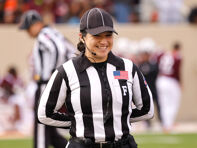Broadcast: Kansas City Royals on Fox Sports Net-Kansas City, Royals at Toronto, 5/26/08; Announcers: Ryan Lefebvre, Paul Splittorff
It seemed strange when, after Ryan Lefebvre called a play in the 2nd inning where the Blue Jays’ Marco Scutaro was safe at second base on a delayed steal attempt, Paul Splittorff said, “Ryan, you might want to explain ‘delayed steal’ and how a baserunner goes after the ball crosses the plate.” Wasn’t that what Splittorff, the analyst, is supposed to do?
Then, at the start of the 4th inning, the two actually reversed roles, with Splittorff handling play-by-play and Lefebvre taking over on color. (They switched back at the start of the 7th.) So I had to do some research. Turns out that Splittorff, the first 20-game winner in Royals history and a member of the Royals Hall of Fame, has been a broadcaster since his playing days ended in 1984, and not only works for the Royals but also handles University of Kansas basketball telecasts.
Now that I know that, it’s less surprising that Splittorff was better at play-by-play than Lefebvre (who did play a year in the minors and is the son of former player and manager Jim Lefebvre). While both talked a lot, Lefebvre talked much more, constantly throwing out stats and bits of trivial information while not mentioning individual pitches. He talked right through a strikeout early on without acknowledging it.
Broadcast: Kansas City Royals on Fox Sports Net-Kansas City, Royals at Toronto, 5/26/08; Announcers: Ryan Lefebvre, Paul Splittorff
It seemed strange when, after Ryan Lefebvre called a play in the 2nd inning where the Blue Jays’ Marco Scutaro was safe at second base on a delayed steal attempt, Paul Splittorff said, “Ryan, you might want to explain ‘delayed steal’ and how a baserunner goes after the ball crosses the plate.” Wasn’t that what Splittorff, the analyst, is supposed to do?
Then, at the start of the 4th inning, the two actually reversed roles, with Splittorff handling play-by-play and Lefebvre taking over on color. (They switched back at the start of the 7th.) So I had to do some research. Turns out that Splittorff, the first 20-game winner in Royals history and a member of the Royals Hall of Fame, has been a broadcaster since his playing days ended in 1984, and not only works for the Royals but also handles University of Kansas basketball telecasts.
Now that I know that, it’s less surprising that Splittorff was better at play-by-play than Lefebvre (who did play a year in the minors and is the son of former player and manager Jim Lefebvre). While both talked a lot, Lefebvre talked much more, constantly throwing out stats and bits of trivial information while not mentioning individual pitches. He talked right through a strikeout early on without acknowledging it. If you’re the type of person, like me, who sometimes reads or fools around on the computer with the TV on in the background, it would be almost impossible to follow the game without looking up constantly. Splittorff is more conventional on play-by-play, and seems like he knows the game, but overall there was so much yakking going on that nothing stood out as particularly insightful. It all just sort of ran together. It was more like listening to a talk show than a baseball game.
How bad was it? Early on they spent a lot of time comparing various teams’ travel situations (the Phillies and Nationals have it best because it’s such a short flight — I don’t know about the Nats, but the Phils actually take Amtrak trains to DC) and explaining that the 12:30 start time was a half-hour earlier than usual because it wasn’t Memorial Day in Canada so the kids were still in school, but it was still Kids Day at Rogers Centre and there were school groups at the game. Or something.
Since this came from one of the FSN affiliates, the standard Fox bold (and loud, thanks to the sound effects) graphics were used, and used often. There were a few promos for other FSN shows, and even more for upcoming Royals games. In addition, the announcers dutifully mentioned out loud (even with the logos on-screen) the names of sponsors for: starting pitchers’ stats, lineups, defense, time and temperature at the game’s start (with the Rogers Centre roof being closed because of showers, do we really need to know that it was 68 degrees indoors?), fastest pitch in the first inning by each starter, where the Jays’ starter ranked in the AL in various categories, pitch counts (twice), a “freeze cam” showing a replay that stopped at a particular point of the play, AL doubles leaders, a contest where a viewer can win money if a Royal hits a home run or grand slam in the designated inning, and…whew…the Play of the Game.
There were only a few unnecessary replays, though. Like the Mets-Braves game I previously reviewed, it might have been due to the lack of controversial plays and competitiveness — the Blue Jays scored 4 in the second and went on to a 7-2 win.
I shudder to think what it would've been like if they had a third person in the booth or had any reports from the stands or dugout. They did have a reporter there to handle the pregame and postgame shows (which are not shown as part of the MLB Extra Innings package), but never went to him during the game at all. And they have other broadcasters in their employ, including longtime “Voice of the Royals” Denny Matthews, so perhaps on a different day things might have been more tolerable. Grade: C-minus. — Joe Guckin





